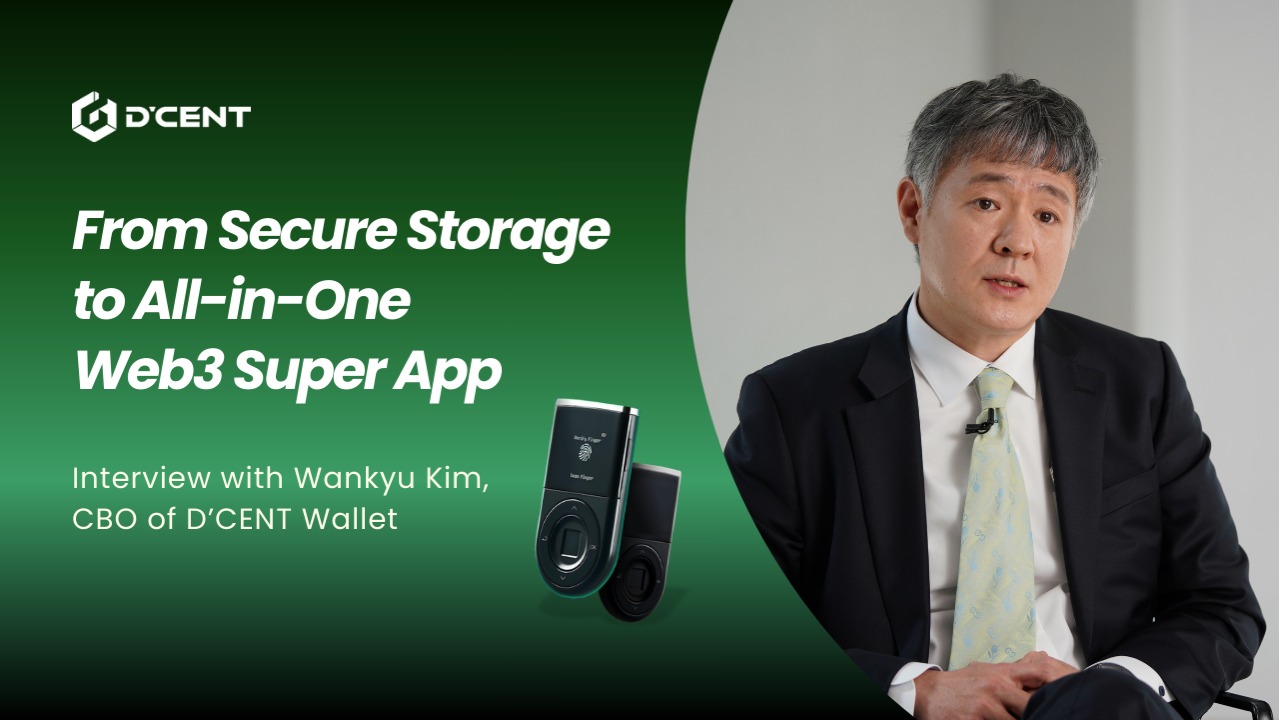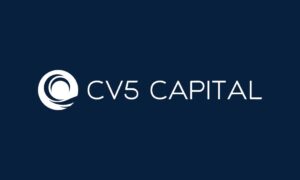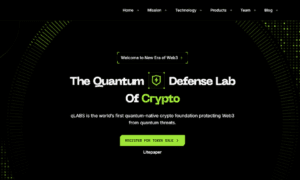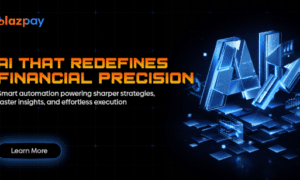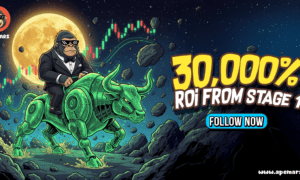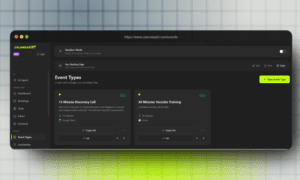Brand & Strategic Positioning
1. How do you see D’CENT’s identity evolving as the Web3 wallet space becomes more competitive?
D’CENT was founded with a clear identity as a hardware wallet designed around security and user-centric principles from the outset. But as the Web3 ecosystem rapidly expands and wallets evolve from simple storage tools into gateways for onchain activities where we’ve been evolving in step with that shift.
While staying true to our core values, safeguarding users’ private keys offline and upholding the decentralized ethos of blockchain, D’CENT is now expanding into a comprehensive Web3 portal that connects users to a wide range of blockchain networks and services, all through an enhanced, seamless user experience.
Looking ahead, we aim to further strengthen features that help users not only manage but also grow their digital assets, positioning D’CENT as a trusted partner throughout their Web3 journey.
2. What misconceptions about hardware wallets do you encounter most, and how is D’CENT addressing them?
The most common misconception is that hardware wallets, while secure, are difficult and complicated to use. Many users believe that stronger security naturally comes with added inconvenience, but at D’CENT, we’ve made it a priority to break down these barriers through intuitive UX and UI design.
For example, instead of entering a password, users can authenticate themselves with their unique fingerprint, making transactions both quick and secure. Coupled with seamless mobile app integration, this allows users to manage their assets anytime, anywhere.
In addition, we provide regular firmware and Mobile App updates to continuously improve functionality and deliver a user-friendly experience. Our goal is to offer the best of both worlds: the robust security of a hardware wallet combined with the ease of use typically associated with software wallets.
3. D’CENT started with a reputation for hardware-grade security. Now, the wallet is evolving into an all-in-one app that goes beyond storage, with features like portfolio management, in-app swaps, and Web3 quests. What’s driving this evolution?
At the heart of this evolution is the changing needs of users as the market matures. In the early days, cryptocurrency storage was the primary use case. Today, however, activities like participating in DeFi, trading NFTs, and engaging with a variety of onchain services have become part of everyday life.
We want D’CENT to grow alongside this shift — moving from a secure storage tool into a comprehensive Web3 portal that brings all these experiences into one place. While security remains our foundation, we are continually expanding features to make Web3 more accessible and rewarding. This includes DApp browsing, an intuitive NFT viewer, and seamless integration with onchain services, alongside a robust portfolio dashboard that gives users real-time profit/loss tracking, average cost calculations, BTC/USD toggles, and on-chain insights like Trend 7 alerts.
We’ve also introduced in-app swaps with advanced routing, enabling users to trade quickly and securely without leaving the wallet, and launched Web3 quest campaigns that encourage discovery through meaningful rewards. Together, these capabilities position D’CENT as a truly all-in-one wallet, a secure, convenient, and engaging hub for storing, managing, and growing digital assets.
4. Some see wallets as a place to store assets. Others, like D’CENT, seem to be evolving into full-stack Web3 portals. What’s your vision for the wallet layer in 3 years?
Looking at current market trends, from the growing adoption of stablecoins to the tokenization of real-world assets (RWA) and the emergence of diverse financial products, I believe that within the next three years, wallets will evolve into full-fledged digital lifestyle platforms. They will no longer serve merely as asset storage tools, but as the starting point for users to verify their identity, interact with others, and conduct economic activities onchain.
In line with this shift, D’CENT plans to not only support a broad range of financial services, but also seamlessly integrate features such as decentralized identity (DID), social profiles, and connections to gaming and metaverse experiences. At the same time, we will continue to enhance both security and user experience to lower the barriers to entry and helping more users engage safely and confidently with Web3.
Global Expansion
1. How is D’CENT adapting its strategy to serve distinct regional markets — from Asia to LATAM and beyond?
At D’CENT, we place great importance on tailoring our strategies to the unique characteristics of each regional market.
In North America and Europe which is two key markets, the collapse of centralized exchanges and a series of security incidents have led to a rapid migration of assets into decentralized wallets. In these markets, users place a high value on trust when choosing self-custody solutions. We believe that this trust cannot be built overnight; it comes from consistently staying true to our core product philosophy and continuously engaging with users to incorporate their feedback and needs into the D’CENT experience over time.
In Asia, including Korea which is our home market, Web3 adoption is relatively fast, and the use of NFTs and DeFi services is particularly active. To meet the needs of these markets, we are focusing on enhancing multi-chain support, improving our NFT viewer, and optimizing the DeFi experience. Korea, in particular, serves as an ideal test bed for new projects, where D’CENT is the leading hardware wallet brand. Through close collaboration with emerging projects, we help boost their visibility and foster local ecosystem growth.
In LATAM, where political instability and distrust in local currencies drive strong demand for asset protection and stablecoin usage, we are focusing on delivering robust hardware security while also supporting a wide range of coins and tokens through multi-chain capabilities. We are also optimizing the user experience around USDT and USDC to better serve this market’s specific needs.
Beyond these regions, we continuously monitor local regulations and legal frameworks to ensure our marketing messages and product features are appropriately localized. Looking ahead, we plan to actively expand into new growth markets such as Africa and the Middle East.
2. What role does localization — in language, UI/UX, and community engagement — play in driving wallet adoption in emerging markets?
Localization is a key factor in driving wallet adoption in emerging markets. Without language accessibility, users face significant barriers to entry during their initial experience. That’s why D’CENT supports multiple languages such as Korean, English, Japanese, Spanish, and Portuguese, and we are continuously expanding our language offerings to better serve local communities.
In addition, we actively collaborate with local KOLs, YouTubers, and community leaders to build brand trust and foster community-driven growth. These local partnerships play a vital role in helping us connect with users in a more authentic and meaningful way.
3. How does D’CENT choose which chains, DApps, or protocols to integrate with across different regions and ecosystems?
We select integrations based on a comprehensive assessment of user demand, ecosystem growth potential, security, and regional market characteristics.
For example, in Korea, D’CENT has become the No.1 hardware wallet thanks to its unique support for Kaia (formerly Klaytn), which helped us ride the wave of DeFi growth. We are also collaborating with leading Korean players to integrate private chains and foster ecosystem development. In Japan, we actively support local projects such as Nero Chain, Japan Open Chain (JOC), Astar, and Oasys, and are working closely with these projects to jointly grow their ecosystems.
That said, most networks are public chains designed for global users rather than region-specific audiences. In these cases, we collect asset support requests from users via Google Forms or Twitter channels, prioritize them in our development roadmap, and then announce integrations accordingly. Additionally, we explore new integration opportunities through industry events and market research and often collaborate on joint marketing efforts with project teams.
Once a network is integrated, we also provide native support for related DApps, leveraging our in-house technical expertise. We prioritize security verification and UX optimization first, and then gradually expand support across the ecosystem.
Vision, Community & Culture
1. What’s your long-term vision for D’CENT’s role in Web3?
Our long-term vision is for D’CENT to evolve beyond a simple asset storage wallet and become a true all-in-one Web3 Super App that a single, secure hub where users can store, manage, trade, and grow their assets, as well as participate in the broader Web3 ecosystem without leaving the app.
In the near future, Web3 will expand far beyond digital asset management to include identity (DID), community participation, onchain reputation, gaming, and metaverse engagement. D’CENT aims to be the platform that provides the most secure, intuitive, and flexible experience across all of these emerging use cases.
We also strive to lead in delivering an interchain wallet experience where users can seamlessly access and interact with blockchain-based services across multiple chains, all through a unified and user-friendly interface.
2. Which values guide your leadership and strategy as CBO?
Not only myself, but the entire crew at D’CENT always prioritizes user centric values and sustainable growth as our guiding principles. The Web3 market is evolving rapidly, but at the heart of it all is the user. D’CENT’s strategy always starts with the real needs and experiences of our users.
In building partnerships and expanding the ecosystem, we also place great importance on trust and long-term collaboration. Rather than chasing short-term hype or trends, our core strategy is to foster a stable and meaningful user base within the Web3 space.
3. Tap That Drop brings together 12 projects in a single campaign — a rare scale in Web3. What does this campaign say about your approach to community building?
Collaboration and mutual growth are at the heart of our community building strategy. With the Tap That Drop campaign, we wanted to demonstrate that it is possible to foster a collaborative, ecosystem-driven community in Web3 industry which often driven by competition.
With Tap That Drop, we partnered with 12 projects including well-known names like SKATE, Taiko, NodeOps, and Sushi to showcase that collaboration can thrive in a Web3 industry often driven by competition. The campaign was intentionally structured to help users explore and connect with diverse ecosystems, with NFT-based rewards serving as both an incentive and a long-term engagement tool.
The results were highly positive: user participation was strong across all partners, wallet activity increased significantly, and many participants went on to engage with multiple projects beyond the campaign itself. For us, Tap That Drop not only proved the value of large-scale collaborative quests, but also reinforced that well-designed rewards can be a powerful driver for sustainable community growth.
4. How are gamified campaigns and NFT-based quests reshaping how users engage with wallets — and what are you learning from that shift?
GameFi and NFT-based quests significantly lower the barriers to user participation while adding an element of fun to the experience.
In the past, wallet usage was mostly limited to asset storage and transfers. Now, through quest based activities, users are naturally trying out a wider range of experiences from minting NFTs to participating in DeFi and building onchain activity histories.
At D’CENT, this shift has reinforced the importance of behavioral design. We’ve learned that by thoughtfully designing reward systems and feedback loops, we can guide users from simply holding assets to actively engaging with the broader Web3 ecosystem. Going forward, we plan to accelerate this transition by further refining our UX and quest designs.
5. How do you help users go from simply ‘holding’ assets to actively ‘participating’ in Web3? Especially those new to self-custody?
First, we focus on education driven onboarding. Through the D’CENT wallet and community, we provide various guides and educational content to help new users understand the concept and importance of self custody.
Second, we encourage users to start with small, simple experiences. For example, we offer opportunities to mint small NFTs or complete simple DeFi quests, allowing users to explore onchain activities without feeling overwhelmed.
Third, we provide strong community based support. We create spaces where beginners can connect with peers at a similar stage or engage with more experienced community members, fostering continuous learning and growth.
Ultimately, our goal is to help users evolve into empowered digital citizens in Web3 with fully capable of owning and managing their assets and digital identities.
Closing Statement
In closing, it has already been eight years since we founded the company, drawing on deep experience in hardware security and global business, and launched the D’CENT Biometric Wallet, the world’s first wallet to support both fingerprint recognition and Bluetooth communication.
Through several bull and bear markets since the wallet’s release, one of key lessons we’ve learned is that regardless of digital asset price volatility, blockchain as a technology has approved the potential to profoundly impact industries across the board similar with what the internet and smartphones have done.
As the developer behind D’CENT, IoTrust aims to play a key role as a wallet platform that connects users with Web3 services. Our mission is to help more people securely manage their digital sovereignty and seamlessly interact with the Web3 world. We greatly appreciate your continued interest and support as we move forward on this journey.

